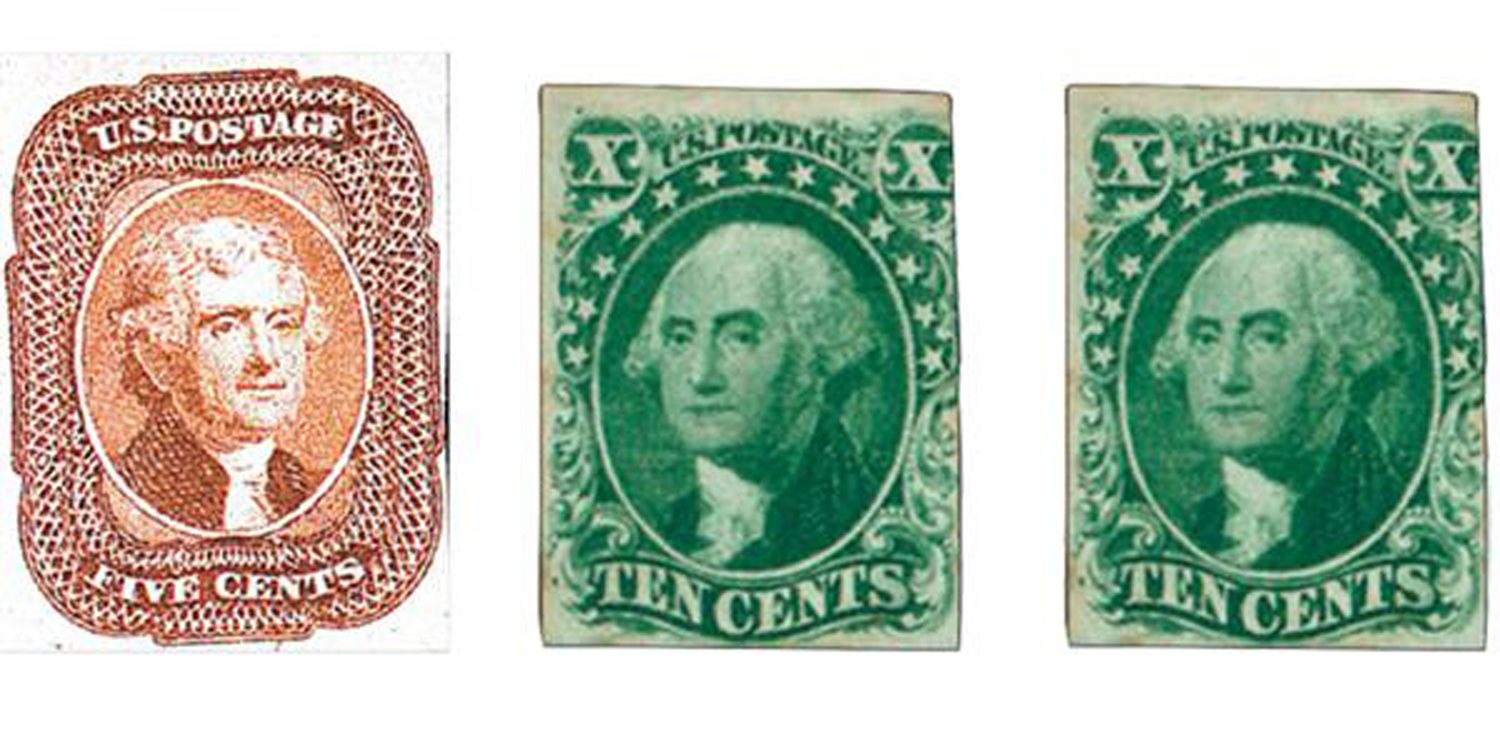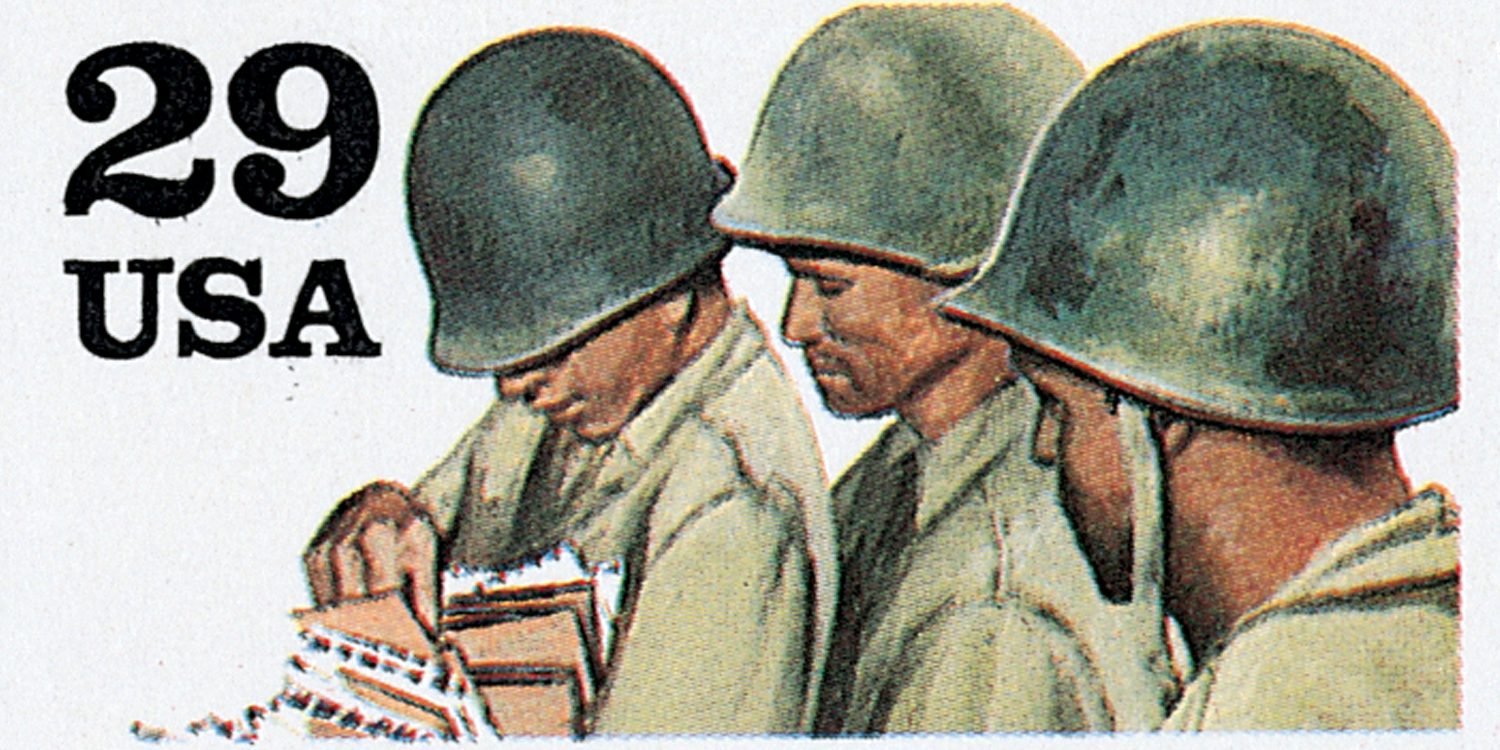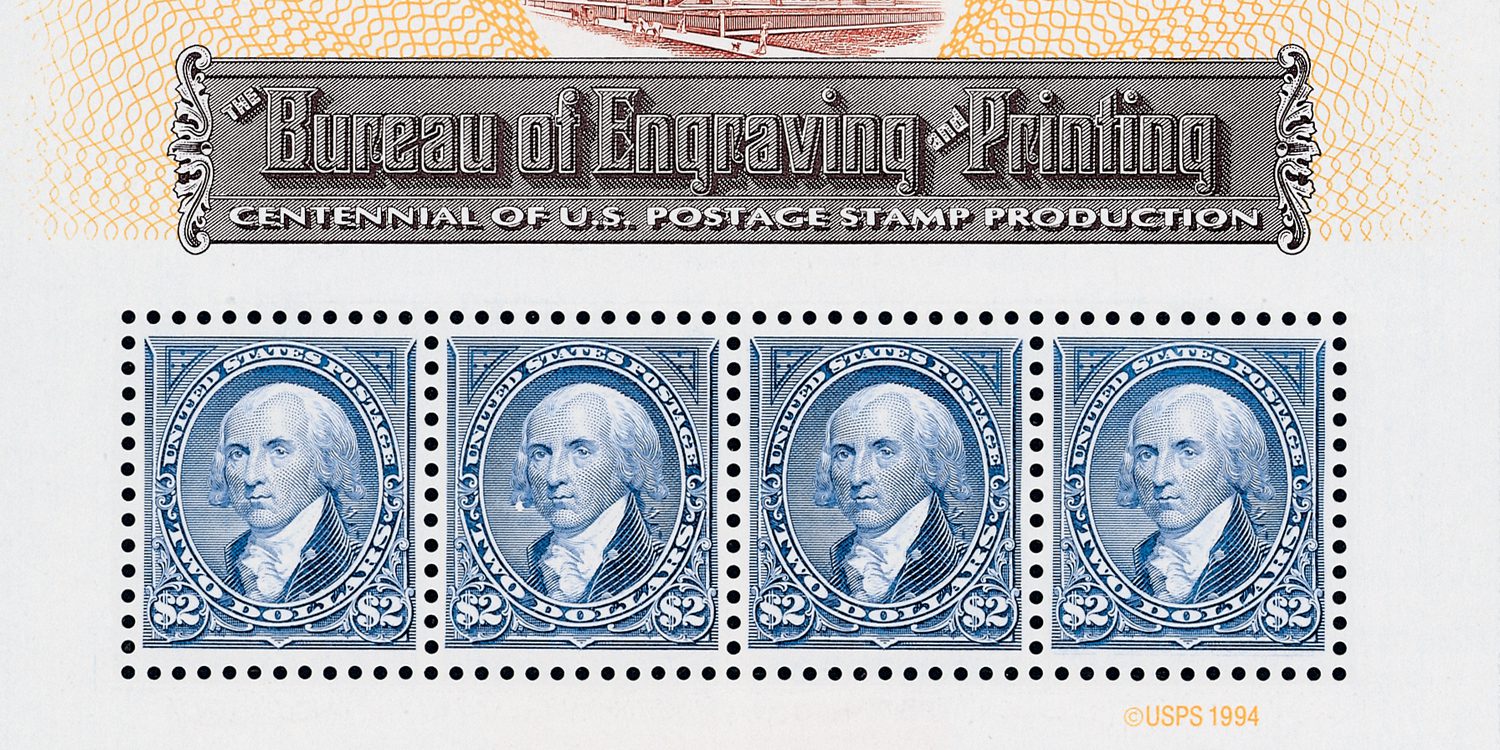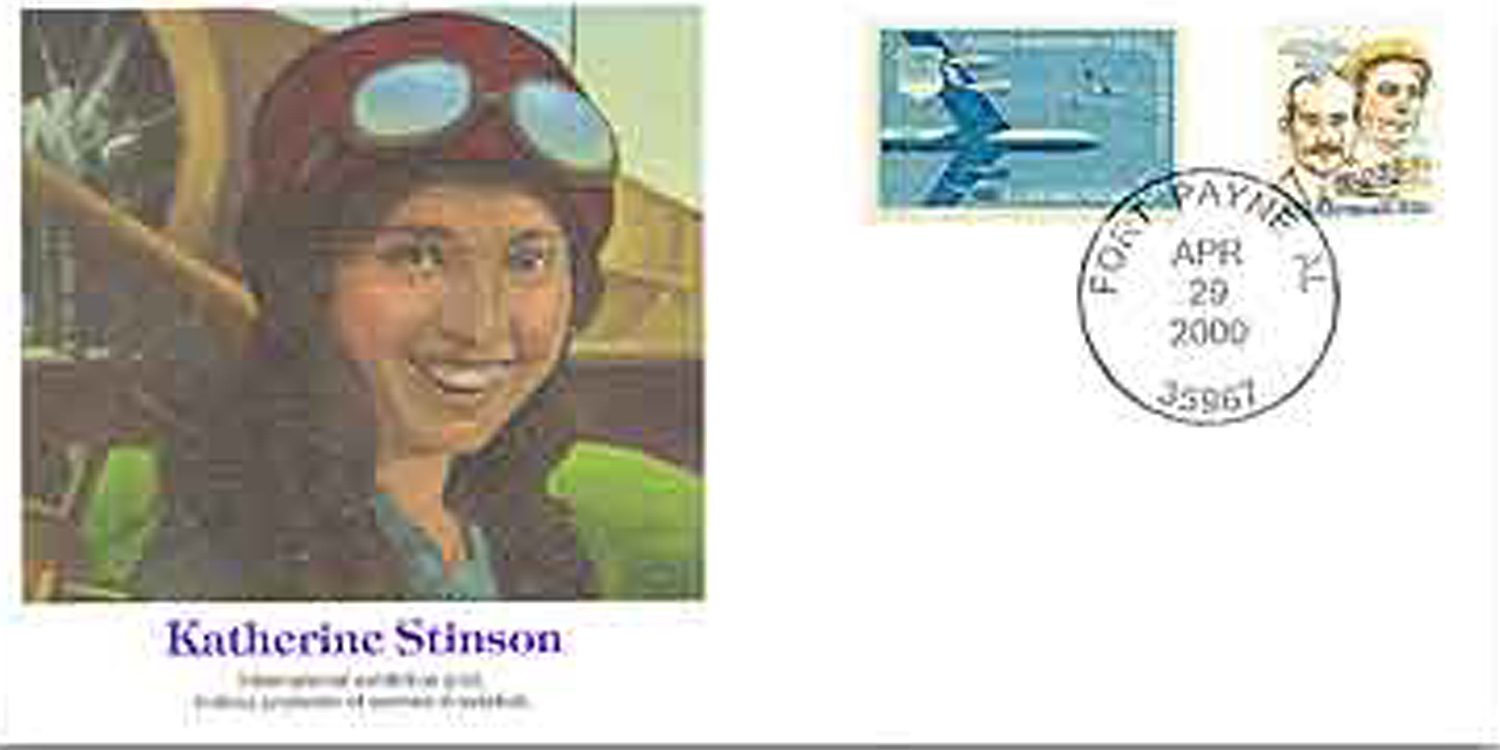First U.S.-Morocco Joint Issue
On July 17, 1987, the USPS issued its first joint issue with Morocco, commemorating 200 years of diplomatic relations.

On July 17, 1987, the USPS issued its first joint issue with Morocco, commemorating 200 years of diplomatic relations.

On July 7, 1838, Congress approved an act that declared all United States railroads as post roads. This would lead to a dramatic increase in the use of railroads to deliver mail.

On July 1, 1851, several stamps from America’s second series of postage stamps were issued. These new stamps were issued to meet reduced postal rates that practically eliminated distance as a factor.

On June 15, 1942, the Post Office Department inaugurated its V-Mail service. During World War II, letters bound for service personnel were photographed and transferred to microfilm. This special process enabled letters to take up a fraction of their usual space on planes going to war zones, allowing more room for crucial supplies.

On June 10, 2005, the Bureau of Engraving and Printing (BEP) printed its last US stamp. The Bureau first began printing US postage stamps in 1894 and for 75 years, printed nearly all US stamps.

On June 8, 1997, the ninth U.S. stamp show came to an end. Pacific ’97 was the first IPEX (International Philatelic Exhibition) held on the West Coast.

On June 6, 1955, the US Post Office issued its first and only Certified Mail Stamp, US #FA1. The stamp gave mail special protection and provided the sender with proof of delivery.

On May 24, 1844, Samuel Morse sent the first message over telegraph. While in the Supreme Court chamber of the US Capitol, he sent the message “What hath God wrought!” over the telegraph to his assistant in Baltimore, Maryland.

On May 23, 1918, Katherine Stinson became the first woman hired by the post office to deliver airmail in the US. She had several other notable firsts and records in her short flying career.